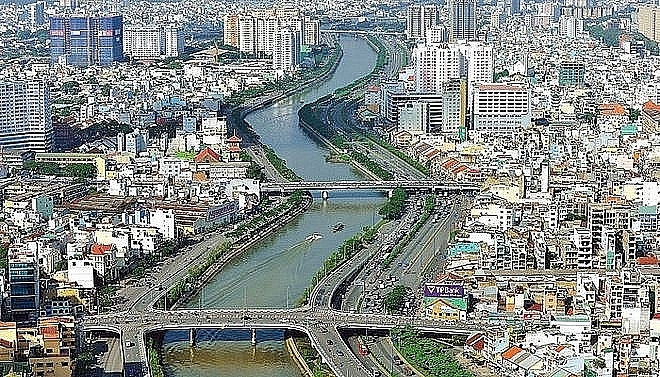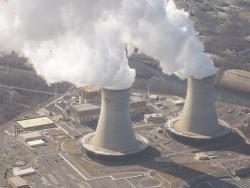 |
| By 2030, it is expected to give priority to the development of the Eastern economic corridor and the development of the coastal strip. Photo: Internet. |
On February 22, the Ministry of Planning and Investment organized a workshop to consult with experts and scientists on the Report on the orientation of the national master plan for the 2021-2030 period, with a vision to 2050.
Speaking at the workshop, Minister of Planning and Investment Nguyen Chi Dung said that the goal of the National Master Plan is very important and also serves as the basis for making other plans. Therefore, this is an opportunity to rearrange the whole country in the new period to achieve the goals of the Resolution of the 13th National Congress of the Communist Party, the goals of 2025, 2030, and 2045.
The planning provides an orientation, vision and model for reasonable and complementary industries, together contributing to common development.
The overall objective of the National Master Plan is to create an efficient and sustainable spatial distribution model for national development, forming dynamic economic zones, economic centers, strategic urban centers, and urban centers.
With a strategic plan, and synchronous and modern infrastructure network, connecting regions, urban and rural areas, creating conditions for high economic growth, promoting the implementation of the 2030 target, Vietnam is developing with modern industry, high middle income; by 2050 to become a developed country with high income, harmonious society, good quality, healthy and safe environment.
According to Tran Hong Quang, Director of the Institute of Development Strategy, the national master plan is the basis for making national marine spatial planning, national land-use planning, national sectoral planning, regional planning, provincial planning, urban planning, and rural planning across the country.
In the process of developing the Report, the Ministry of Planning and Investment consulted the experiences of other countries, especially countries with similar conditions to Vietnam in the region such as Malaysia and South Korea.
According to Dr. Tran Hong Quang, Director of the Institute of Development Strategy, it is expected that there will be two North-South corridors. Specifically, the eastern corridor is connected to the North-South expressway to the east and National Highway 1A from Lang Son to Ca Mau, and the western corridor is connected to Ho Chi Minh road the North-South Expressway to the west from Cao Bang to Kien Giang – Ca Mau.
By 2030, it is expected to give priority to the development of the Eastern economic corridor and the development of the coastal strip.
Regarding the East-West economic corridors, priority should be given to the formation of economic corridors with favorable conditions: having an important traffic axis, an expressway; connected with important trade hubs such as seaports, international border gates, international airports.
Localities on the corridor have great potential for industrial, service, urban development; and given priority to corridors capable of linking with regional and international economic corridors.
“On the basis of current key economic zones, select a number of areas with the most favorable locations, with international airports and international gateway seaports combined with transshipment, scientific and technological potential, innovation, and high-quality human resources to form dynamic regions of the country. After determining the priority economic corridors and dynamic regions, it is necessary to arrange space for the development of production and business industries, infrastructure networks and urban system; develop regions connected with economic corridors, and form and develop dynamic zones,” Dr. Tran Hong Quang proposed.
 |
Energy planning should pay attention to nuclear power
VCN – The National Energy Master Plan for the period 2021-2030, with a vision to 2050, is … |
Commenting on the national master plan report, Dr. Cao Viet Sinh believes that not only in identifying bottlenecks in three strategic breakthroughs but also identifying problems in planning work. Therefore, it is necessary to clarify more clearly which dynamic areas need to be broken into in the next 10 years.
